Projects done between 1990 and 2004.
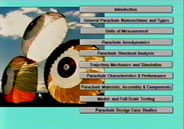
1990-- AIAA Decelerator Design Guide
Developed in cooperation with the American Institute of Aeronautics and Astronautics and the Department of Energy. This project was the first of several designed to examine the possibility of instructing physical skills.
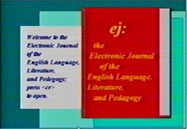
1992 -- EJ: Electronic Journal of the English Language, Literature, and Pedagogy.
Produced in DOS using ASCII and served through bulletin board technology, this journal explored the possibility of online hypertext before there was a World Wide Web. The project was abandoned in 1994 with the introduction of Mosaic NetScape.

1994 -- RS-650 Specifications HyperModule
Created to be delivered on CD-ROM disks, this project was and early hypermedia marketing tool that included video, sound, and primitive animations. It is worth pointing out that from this point, most of our presentation metaphors avoid the traditional page.

1994 -- Digital Slide Projector
Developed in Asymmetric ToolBook to present virtual slides of digital projects. . . One of the objectives of this "projector" ws to explore the potential of an environment that used no alphanumeric text (although the projects projected did use traditional texts).

1995 -- Alternative Voices, Alternative Cultures.
Developed in cooperation with Utah State University's Instructional Technologies Department, US West, and the State of Texas, this is a complete, comparative, native American literature course. The course compares myths common to Europe to stories common to native American tribes and recommends novels that manifest those myths in ethnic literature.

1996 -- First Internet-based English course.
In the spring of 1996, we developed and taught our first completely online composition course using funding provided by the Higher Education Technologies Initiative. The course included 23 students scattered across Utah and used a combination of email and WWW technologies. This may be the first of its kind ever taught.
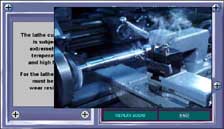
1995-97 -- Manufacturing Engineering Safety Modules.
Developed in cooperation with USU's Department of Mechanical and Aerospace Engineering, this instructional project includes 23 modules totaling approximately 1700 pages. All manufacturing engineering students were expected to view relevant modules and pass a test prior to approaching the equipment.
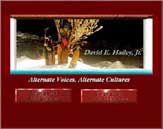
1997 -- Alternate Voices, Alternate Cultures (HTML hybrid).
This HTML revision of the above CD was combined with real-time, interactive, and televised lectures.

1997 -- Introduction to Thermodynamics Online Workbook.
Funded by HETI and USU, this project provided workbook support for community college students planning to attend USU's MAE program. The project was HTML-based, but contained 2-D and 3-D animations and was presented at 1289 X 720 pixels, so was too large to be served over the Internet. Instead, it was delivered on CDs.
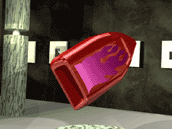
1997 -- Virtual Reality Art Museum.
Produced and presented at the Gang of Five invitational art show in San Diego, this project included a three room art museum with a collection of paintings, drawings, and sculptures. Readers strolled through the rooms examining the art while "writing" in their minds a history and psychological profile of the artist. The project was presented as a postmodern autobiography.
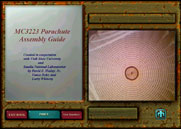
Project Designed to Preserve and Archive Critical Skills for the Department of Energy at Sandia National Labs
This ProcessPreservation© project revisits our 1990 effort to develop a parachute design guide. In this case, we were looking at capturing and preserving a complicated set of professional skills. The project consisted of 40 hours of high resolution and interactive video broken into 5-30 minute segments. The videos were combined with step-by-step instructions.
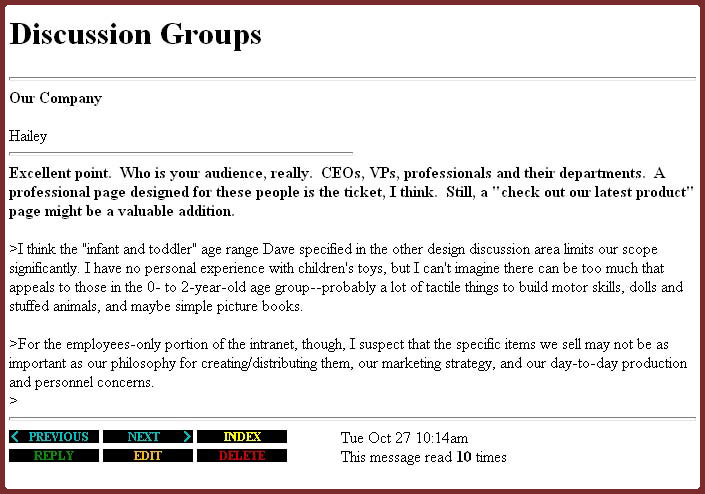
1997-98 -- Complete Online Technical Communications program.
Courses began in the spring of 1997, program was approved by regents in the summer of 1998. Beginning classes typically hosted 8 students. Currently, the program is at capacity with 45 matriculated students and a 30% acceptance rate.
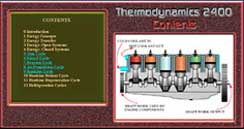
999 -- DHTML-based, online Thermodynamics 2400.
Online course, delivered to students on CD with access to the teacher available through the World Wide Web.

1999 -- MC3268 Parachute Assembly Guide.
The second project, also funded by DOD and DOE, fine tuned the techniques we learned producing the first one. The project was created in ToolBook and was served from a kiosk.
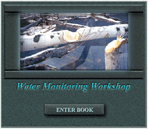
Water Monitoring Workshop Funded by the EPA.
Funded by the EPA, this project was done in DHTML, and was delivered via CDs. The project was for use by the 12 northernmost tribes of native Americans.

2001 -- Complete Thermodynamics CourseBook
This 67 GB coursebook contains all 45 hours of instructional lectures segmented into 5-to-10-minute sections, interactive workbook, textbook, teacher's notes, homework problems, plus quizzes and tests. For our purposes a CourseBook is a complete course that also contains its book.
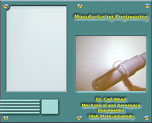
2002 -- Manufacturing Engineering CourseBook
120 GB coursebook includes 45 hours of lecture and 45 hours of demonstrations and factory tours in VHS resolution. Book also contains added components mentioned in previous coursebook.
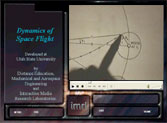
2002 -- Dynamics of Space Flight CourseBook
Complete graduate seminar designed to supplement a face to face course. Book provided 45 hours of lecture. Students pre-viewed the lectures prior to attending class. The value was that students would be able to discuss more advanced topics in their classes.
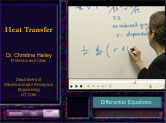
2002 -- Heat Transfer CourseBook
This 90 GB course book is much like the above project, but uses HD quality video.
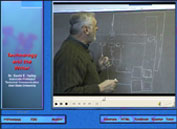
2003 -- Technology and the Writer CourseBook
This project was created for distribution in Singapore. It contains all the lectures typical of this course, but is designed to be used by a remote teacher. With support from the American teacher.
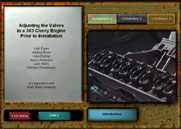
2003 -- Commercial ProcessPreservation project -- Hotrodding Your 383 Stroker.
This project shows step-by-step instructions for hotrodding a 350 Chevy engine into a 383 "stroker." The project contains about 8 hours of video and 3-D animation in DVD resolution. The 3-D animation used in this project was demonstrated in the 2005 SIGDOC conference.

2004 -- Modeling and Animating in 3-D.
This course is designed for commercial distribution. The total project is approximately 120 GB and presents 3-D modeling, animation and game theory at theoretical, practical, and professional levels.

2004 -- Process Preservation, Education, and training.
This course, designed for commercial distribution, presents The sum total of research done at IMRL. It is currently in progress. The book is expected to exceed 200GB.
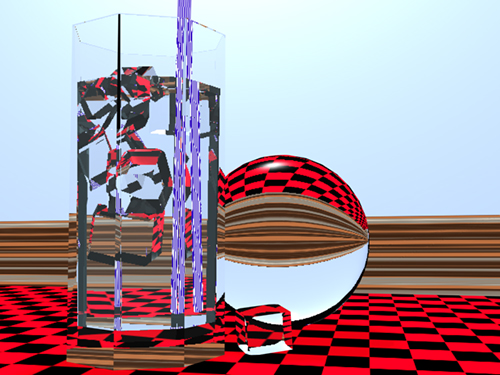
2005 -- Research in Virtual Reality
Using a variety of 3-D Applications, we produced a series of Virtual reality projects. In this proect, we explored how water and glass interact with light. This project was done using Autodesk's Maya 3-D software. Other projects were done in 3ds Max.

